If you need a galangal substitute for your Thai recipe, here are the top 5 options: ginger, turmeric, garlic, kaffir lime peel, and bonito flakes. Each has unique strengths for different dishes. Below, we detail how to use them effectively.
Table of Contents
Why Would You Need a Substitute?
Despite its importance in Thai and Indonesian cooking, galangal isn’t always easy to find. Here are some common reasons why you might be hunting for a substitute:
- Not available at local supermarkets or ethnic grocery stores
- Pantry emergency: ran out right before starting your recipe
- Personal taste preferences or dietary restrictions
- Freshness issues: old, dried-out galangal can lose potency
Luckily, nature and the spice rack offer several alternatives that can mimic—or at least approximate—its bold, bright character.
Top 5 Substitutes for Galangal
Here’s the lineup of potential galangal stand-ins, each with its pros, cons, and ideal use cases:
- Ginger: The most common alternative, though milder and sweeter.
- Turmeric: Adds color and earthiness, but lacks galangal’s sharp kick.
- Garlic: For pungency and bite, especially in paste form.
- Kaffir Lime Peel: Not a direct substitute, but enhances the citrusy note galangal brings.
- Bonito Flakes: For umami boost in broths—non-traditional but effective.
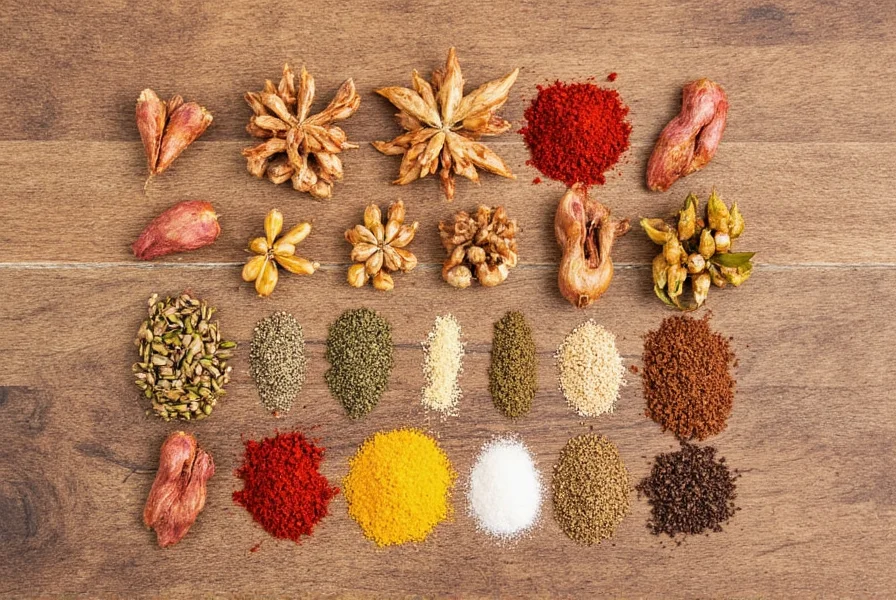
#1: Ginger – The Go-To Stand-In
Flavor Profile: Sweet, warm, slightly peppery.
Best For: Soups, stir-fries, and mild curries.
Usage Tip: Use fresh ginger in equal amounts to galangal, but keep in mind that ginger lacks galangal’s piney sharpness. To compensate, consider adding a splash of lime juice or kaffir lime zest.
#2: Turmeric – Color Over Flavor
Flavor Profile: Earthy, slightly bitter, musky.
Best For: Curry pastes, rice dishes, and where golden color matters.
Usage Tip: Use sparingly and pair with other spices like coriander or cumin to build depth. Fresh grated turmeric works better than powder here.
#3: Garlic – The Bold Alternative
Flavor Profile: Sharp, pungent, savory.
Best For: Broths, marinades, and spicy paste recipes.
Usage Tip: Crush or finely mince garlic for maximum impact. Use half the amount called for in galangal, unless you want serious garlicky punch.
#4: Kaffir Lime Peel – The Secret Weapon
Flavor Profile: Citrusy, floral, aromatic.
Best For: Thai-style soups and curries where freshness is key.
Usage Tip: Zest the rind or add small strips to the pot. Remove before serving for a subtle lift that mimics galangal’s brightness.
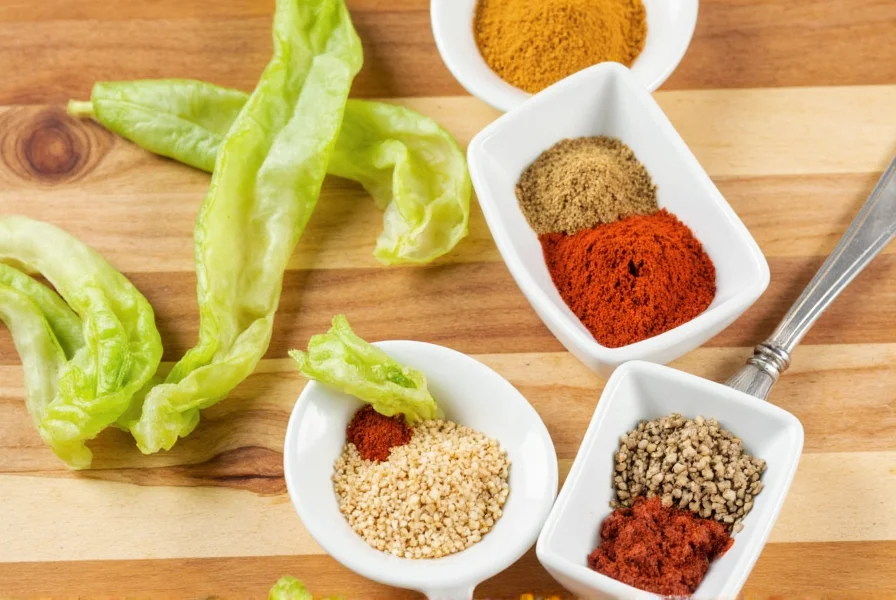
#5: Bonito Flakes – The Umami Enhancer
Flavor Profile: Smoky, savory, rich in umami.
Best For: Broths, dashi-based soups, Japanese-influenced dishes.
Usage Tip: Not a direct substitute, but if your dish feels flat after omitting galangal, bonito flakes can help fill the flavor void.
| Spice | Flavor Profile | Strength | Use Case | Substitution Ratio |
|---|---|---|---|---|
| Galangal (Original) | Sharp, piney, peppery, citrusy | Strong | Main ingredient in Thai/Indonesian dishes | N/A |
| Ginger | Sweet, warm, mildly spicy | Moderate | Mild curries, soups, stir-fries | 1:1 + lemon/kaffir lime |
| Turmeric | Earthy, bitter, musky | Moderate | Curry bases, rice dishes | ½ quantity + spices |
| Garlic | Sharp, pungent | Strong | Marinades, spicy pastes, broths | ½ quantity |
| Kaffir Lime Peel | Citrusy, aromatic | Mild | Thai soups, garnish | Add to taste |
| Bonito Flakes | Umami-rich, smoky | Moderate | Dashi, miso soup, broth bases | As needed for flavor balance |
Buying Guide: Choosing the Right Galangal Substitute
When shopping for a substitute, consider not only flavor but also texture, shelf life, and availability. Here's a quick guide to help you choose wisely:
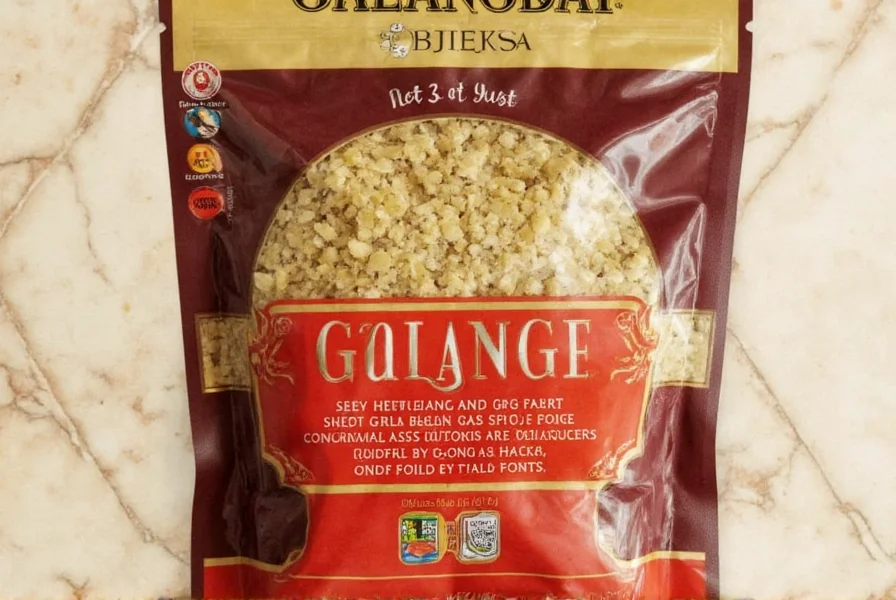
Ginger
- Form: Fresh root, ground, pickled
- Pros: Easy to find, versatile, budget-friendly
- Cons: Milder than galangal, may need boosting with citrus
- Best Brands: Fresh Market Organic Ginger Root, Simply Asia Minced Ginger
- Price Range: $1–$8 per pound or jar
Turmeric
- Form: Fresh root, ground powder, capsules
- Pros: Anti-inflammatory properties, vibrant color
- Cons: Lacks sharpness, needs blending with other flavors
- Best Brands: McCormick Ground Turmeric, Garden of Life Organic Turmeric Root
- Price Range: $3–$15 depending on quality and packaging
Garlic
- Form: Fresh cloves, minced, powdered, paste
- Pros: Strong aroma, widely used, enhances savory dishes
- Cons: Overpowering if not measured carefully
- Best Brands: Christopher Ranch Garlic, La Costeña Jarred Garlic
- Price Range: $0.50–$10 per bunch/jar
Kaffir Lime
- Form: Fresh peel, frozen leaves, dried zest
- Pros: Adds authentic Thai aroma, long shelf life when frozen
- Cons: Less accessible in mainstream stores
- Best Brands: Thai Kitchen Kaffir Lime Leaves, Pure Indian Foods Kaffir Lime Peel
- Price Range: $2–$12 per package
Bonito Flakes
- Form: Dried fish flakes, instant dashi packets
- Pros: Rich in umami, excellent for broth building
- Cons: Not suitable for vegan diets
- Best Brands: Mitoku Hon Dashi, Ajinomoto Dashi Packets
- Price Range: $4–$18 per bag/packet
Usage Tips & Tricks
- Layer Your Flavors: No single substitute can replicate all aspects of galangal. Try combining ginger with kaffir lime zest or a pinch of turmeric for complexity.
- Toast Spices: Lightly toasting dry spices like turmeric or ginger intensifies their aroma and flavor.
- Freeze for Later: Grate fresh ginger or turmeric and freeze in ice cube trays with oil for future meals.
- Use Sparingly: Especially with garlic and bonito flakes—less is more!
- Don’t Forget Acid: A splash of lime or lemon juice helps mimic galangal’s zesty brightness.
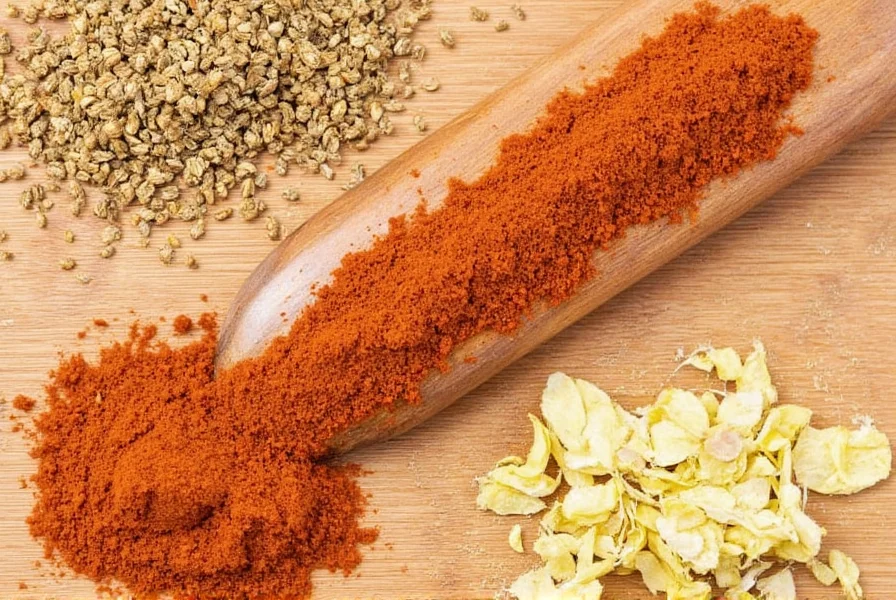
Frequently Asked Questions
Can I skip galangal entirely in Thai recipes?
Yes, but your dish will lose its distinctive sharpness. For authentic flavor, use ginger (1:1 ratio) with a squeeze of lime juice to mimic galangal's citrusy notes. In soups like Tom Kha Gai, this combination works particularly well.
Is ginger a good substitute for galangal?
Ginger is the most accessible substitute but lacks galangal's piney sharpness. Use equal amounts of fresh ginger, then enhance with 1/2 teaspoon lime zest per tablespoon of ginger to better approximate galangal's complex flavor profile.
What's the closest flavor match to galangal?
No single substitute perfectly replicates galangal, but a combination works best: use 3 parts ginger + 1 part fresh turmeric + kaffir lime zest. This trio captures galangal's peppery, citrusy, and earthy characteristics most effectively.
Can I use dried galangal powder instead of fresh?
Yes, but it's significantly less potent. Use 1/4 teaspoon dried galangal powder for every 1-inch piece of fresh root. Note that dried versions lose much of the fresh root's bright, citrus notes, so adding lime juice is essential.
How should I store galangal substitutes for long-term use?
Freeze peeled ginger and turmeric in oil-filled ice cube trays (1 cube = 1 tbsp). Kaffir lime zest freezes well in airtight bags for up to 6 months. Dried substitutes like ground turmeric should be stored in dark glass jars away from heat and light.
Final Thoughts
While nothing beats the unique punch of galangal in Thai and Indonesian cuisine, knowing how to adapt with available ingredients is part of being a great cook. Whether you go with ginger, turmeric, garlic, or a creative combo, the key is understanding the flavor profile you're trying to achieve—and adjusting accordingly.
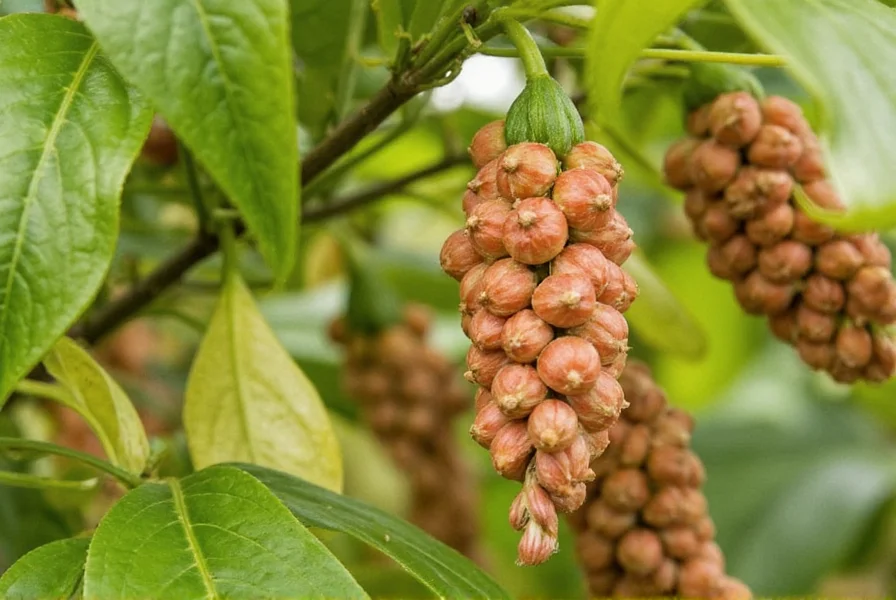
Next time your recipe demands galangal but your pantry says no, don’t panic. Reach for one of these tried-and-tested substitutes and keep the kitchen magic alive. After all, the heart of cooking lies in creativity—not just replication.

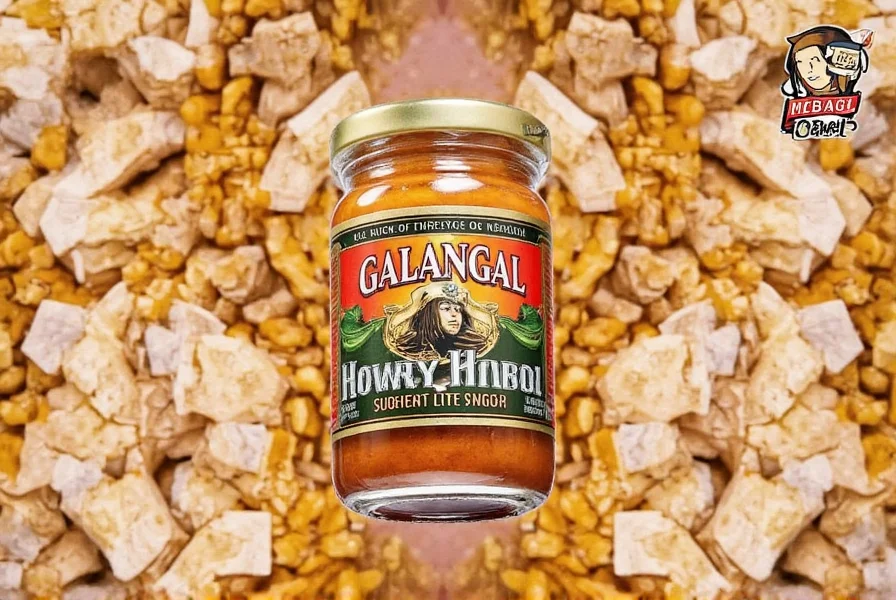









 浙公网安备
33010002000092号
浙公网安备
33010002000092号 浙B2-20120091-4
浙B2-20120091-4